Driven out of the Dresden Academy by the Nazis, Otto Dix and his family fled to the idyllic Lake Constance region. His home there is a wonderful museum. Dix’ works will be on show in Frankfurt this autumn.
The view is extensive, you gaze out over a few roofs, old trees, the Lower Lake on which a few small yachts are sailing, across as far as the Swiss side. What an idyll, a peaceful landscape that resembled a painted scenery. Otto Dix was also aware how unique this region is, but it did not make him happy. “A beautiful paradise. Pretty enough to make you puke,” is how the artist described his exile in the area. In 1933 he was one of the first to lose his professorship at Dresden Academy. The artist who embraced New Objectivity and documented the dark sides of the inter-War years in Germany in his works was a real thorn in the flesh of the Nazis. His paintings were diametrically opposed to the edifying folk-(inspired) art the new ruling power demanded.
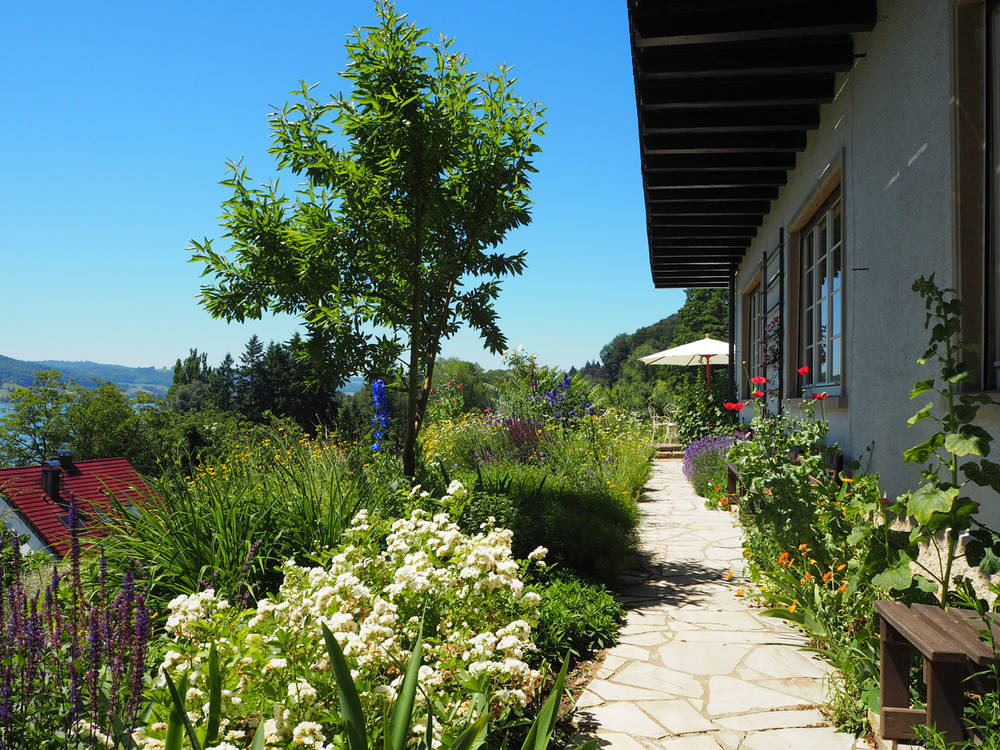
With his wife Martha and their three children Nelly, Ursus and Jan Dix moved to the Lake Constance region, first to Randegg and later in 1936 to a newly-built house in Hemmenhofen on Höri peninsula on the Lower Lake. For 33 years up until his death in 1969 the artist lived here with his family, and eventually make his peace with the landscape. Today, the house is a spectacular museum, wonderfully restored, a place that conveys an excellent impression of the artist’s life.
The man who documented the German inter-War years
This coming autumn Otto Dix will play an important role in the SCHIRN exhibition “Splendor and Misery in the Weimar Republic”. His paintings still shape the picture we have of the period between the two World Wars, and give a direct and critical account of both the enormous social deprivation and the pulsating life of Berlin during that period. When Dix moved to Hemmenhofen he had most of these paintings with him. The “Portrait of the Dancer Anita Berber”, the triptych “Big City”, the “Triumph of Death”: All these paintings that have long since become famous actually hung on the walls of the plain, modern country house at Lake Constance. Designed by Dresden architect Arno Schleicher, it took just a few months to build.
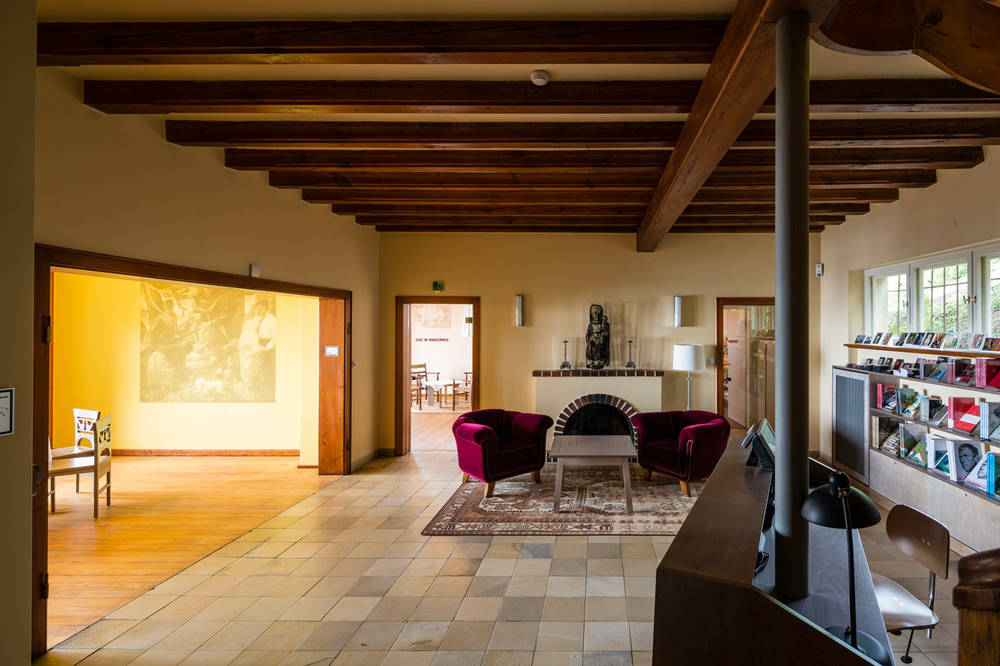
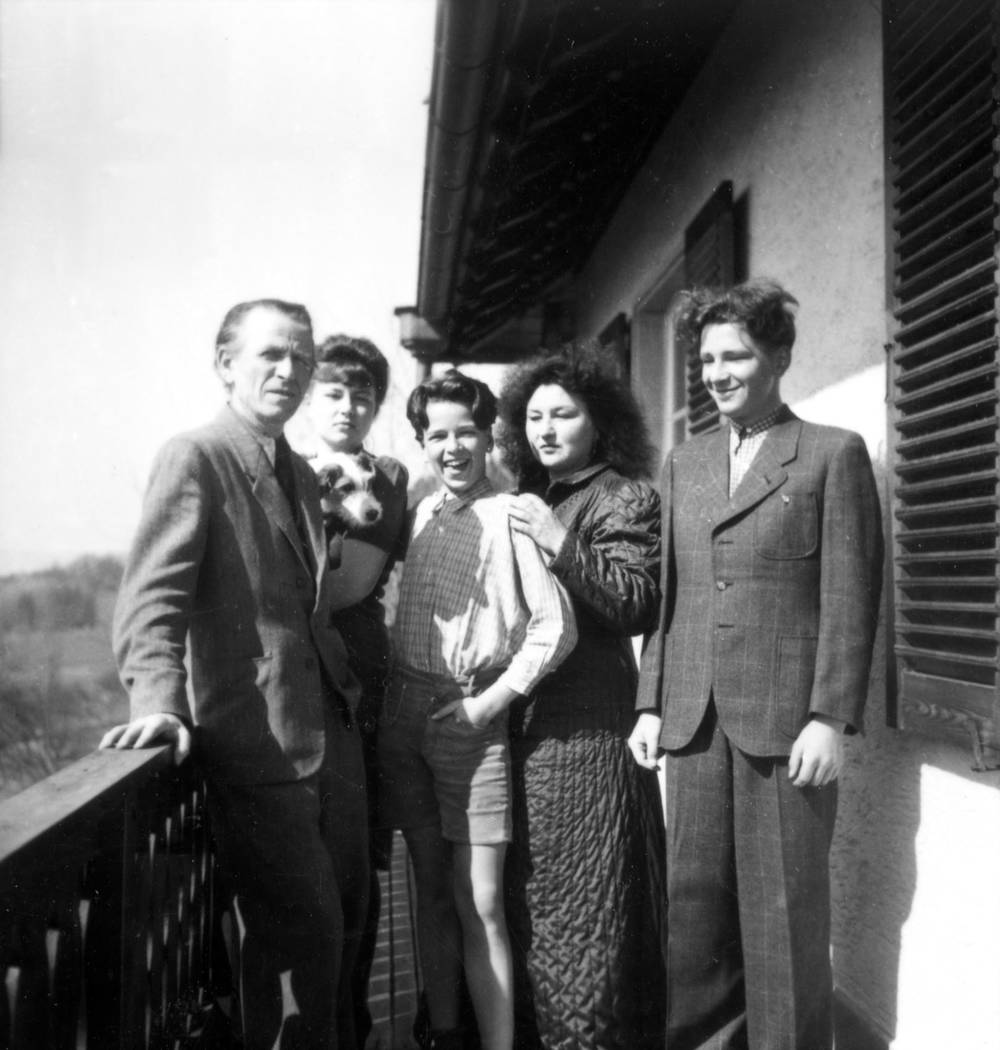
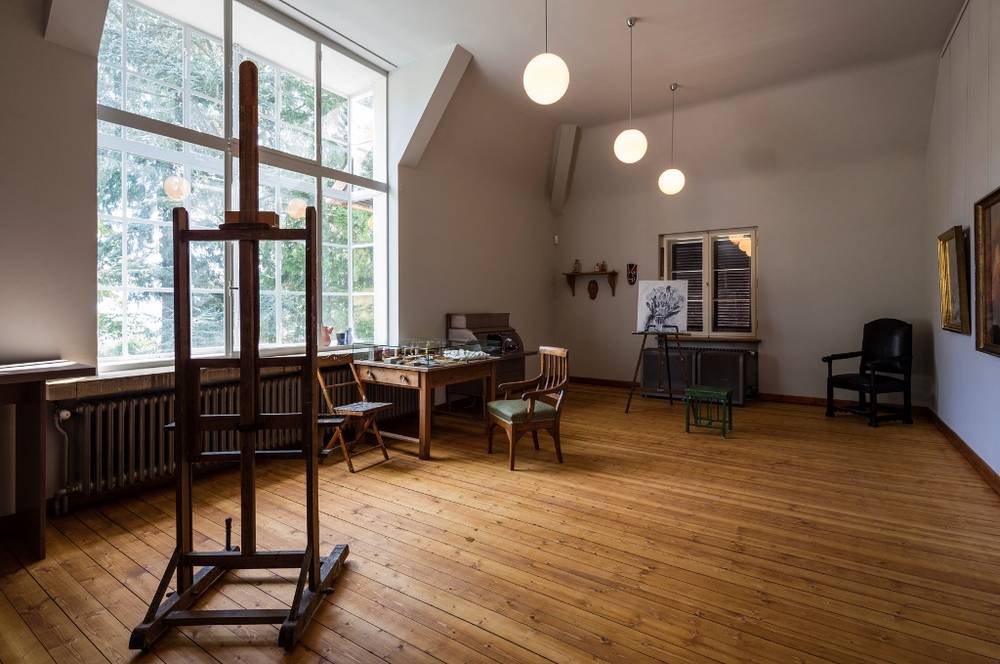
Today, visitors can still discover these paintings there – not the originals but as silhouettes in shades of gray. As the exhibition in his home is meant to narrate as accurately as possible how the Dix family lived there, the furnishings are as close to the originals as possible. The sketches of the paintings hang where the paintings once did when the artist moved in. The house itself did not belong to him, but his wife Martha, who unlike the artist came from a wealthy family.
Proximity to the neutral Switzerland
Dix acquired the plot through Walter Kaesbach, the previous Director of the Düsseldorf Art Academy. The latter had also been summarily dismissed by the Nazis, and subsequently moved to Hemmenhofen. In all likelihood the proximity to neutral Switzerland (the border town of Stein am Rhein is just ten kilometers away) played a key role in Dix’ decision to move to Höri, though there is no evidence to substantiate this.
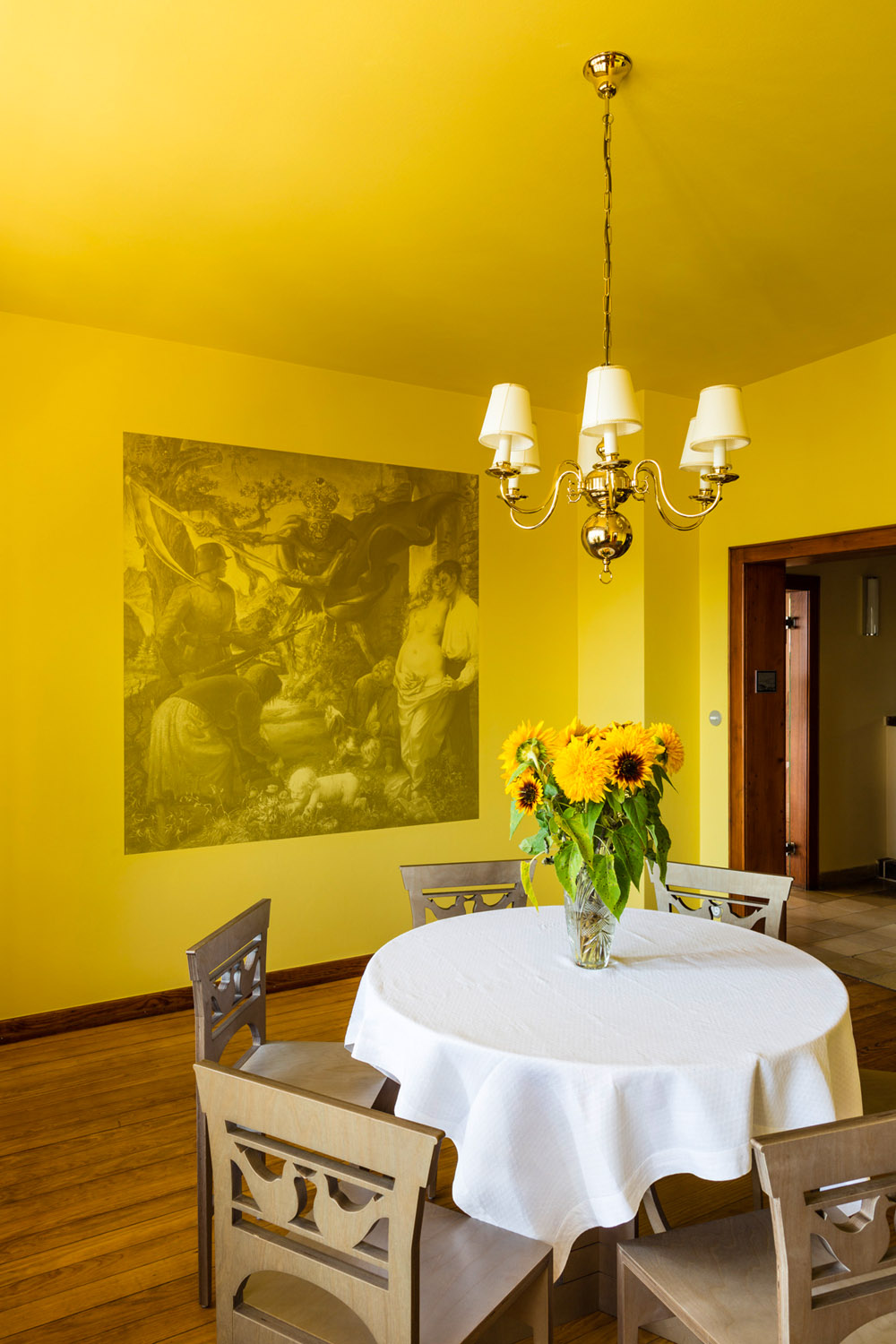
A tour through the house is like a journey back in time. On the ground floor you discover the piano Martha regularly played. Next to it the sheet music: Bach, Beethoven, Brahms. And an old gramophone that played shellac records. The Dix family was sociable: it was no rarity that there were parties or they had guests in Hemmenhofen. A wide set of wooden stairs leads to the first floor, where Dix had his studio. The room is large, gray, tidy; in the middle stands an easel and light pours in through an enormous window. Dix had a spacious double glazed window installed here. Frequently, his children played here while he worked in the studio. If they got too loud the artist threw them out.
Landscape paintings – that was emigration
Several original paintings of flowers in an expressive style hang on the wall. During his year in Hemmenhofen Dix altered his painting style radically. He often worked outside. He spent the mornings in the studio, and the afternoons outside. “I painted landscapes – that was emigration,” he later said to author and photographer Hans Kinkel by way of explaining this break. And it would be this change of style that was later responsible when after the end of World War II Dix was not being able to resume the career he abandoned before the Nazi era. Although he exhibited at the first “Documenta” in 1955 it took a long time before his work received the same appreciation again.
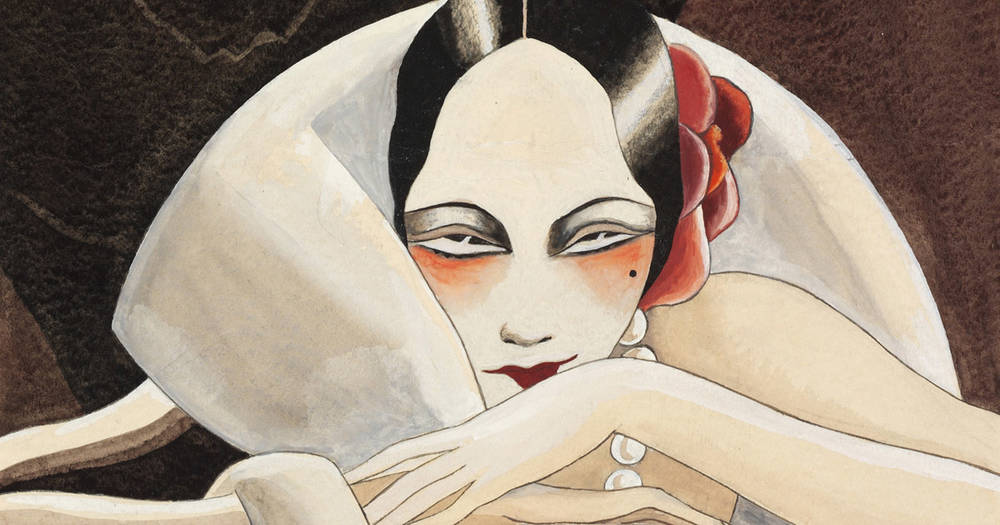
SPLENDOR AND MISERY IN THE WEIMAR REPUBLIC
Presale has started! Get one of the first 1.000 tickets for 10 € instead of 12 €
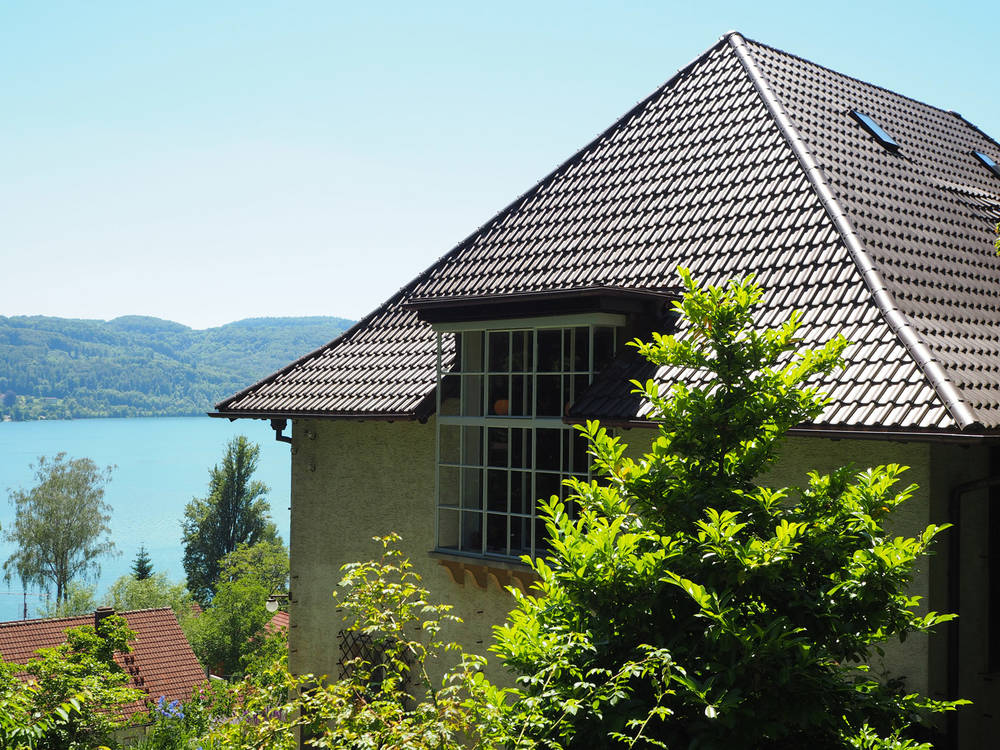
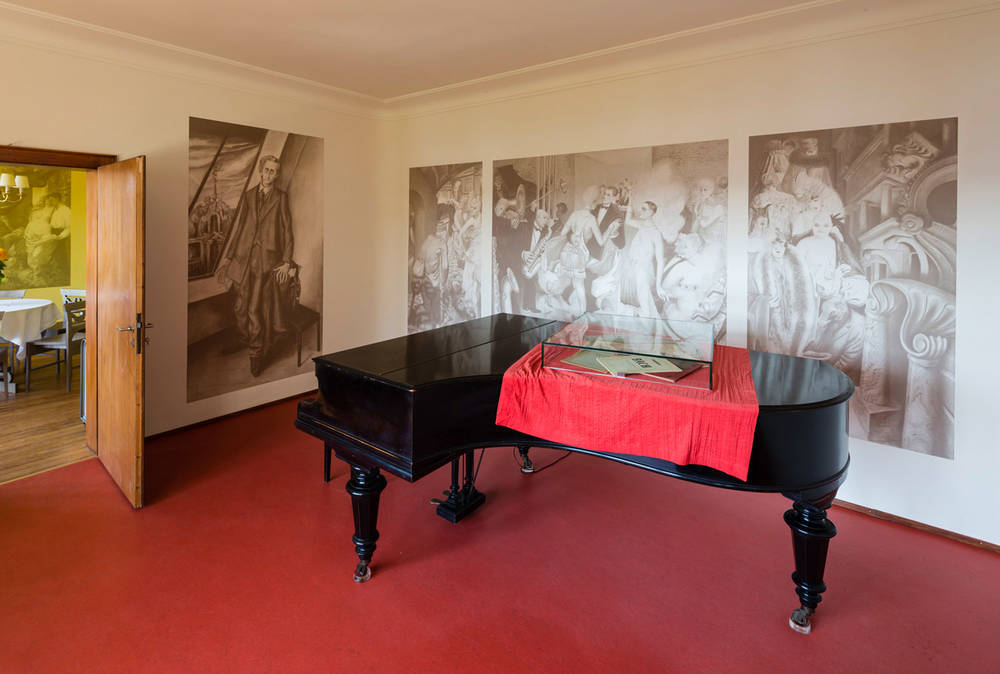

5 questions for Mary Messhausen and proddy produzentin
With the performance "Thonk piece: Hungry for Stains", drag queens Mary Messhausen and proddy produzentin will open the exhibition COSIMA VON BONIN....

HIP HOP IS BLACK CULTURE – NOT THE OTHER WAY AROUND
Hip hop’s 50th birthday is an occasion for us to listen to some old records and mixed tapes and to look back at the most important hip hop films of...

Now at the SCHIRN:COSIMA VON BONIN
The SCHIRN is showing a unique presentation of new and well-known works by COSIMA VON BONIN until June 9.

You Get the Picture: On Movement and Substitution in the Work of Lena Henke
The artist LENA HENKE already exhibited in the SCHIRN Rotunda in 2017. What are the secrets of her practice and where can you find her art today?

SHALLOW LAKES – plumbing the depths
In the SCHIRN’s rotunda, MELIKE KARA is presenting a series of sculptures that are reminiscent of bodies of water or small lakes. So, what’s this...

When subculture becomes mainstream – a balancing act
Regardless of whether it is hip hop, techno, or the queer scene: It is not unusual for the aesthetics of countercultures and subcultures to morph into...

Now at the SCHIRN: THE CULTURE: HIP HOP AND CONTEMPORARY ART IN THE 21ST CENTURY
Coinciding with the 50th anniversary of the birth of hip hop, the SCHIRN dedicates a major interdisciplinary exhibition to hip hop’s profound...

Julia Feininger – Artist, Caricaturist, and Manager
Art historians can tell us a lot about LYONEL FEININGER, but who was Julia Feininger and what legacy did she bequeath to the world of art?

Lyonel Feininger and the Harvard Art Museums. Part 2
The Harvard Art Museums host the largest Lyonel Feininger collection in the world. The directors Lynette Roth and Laura Muir chat about Feininger’s...
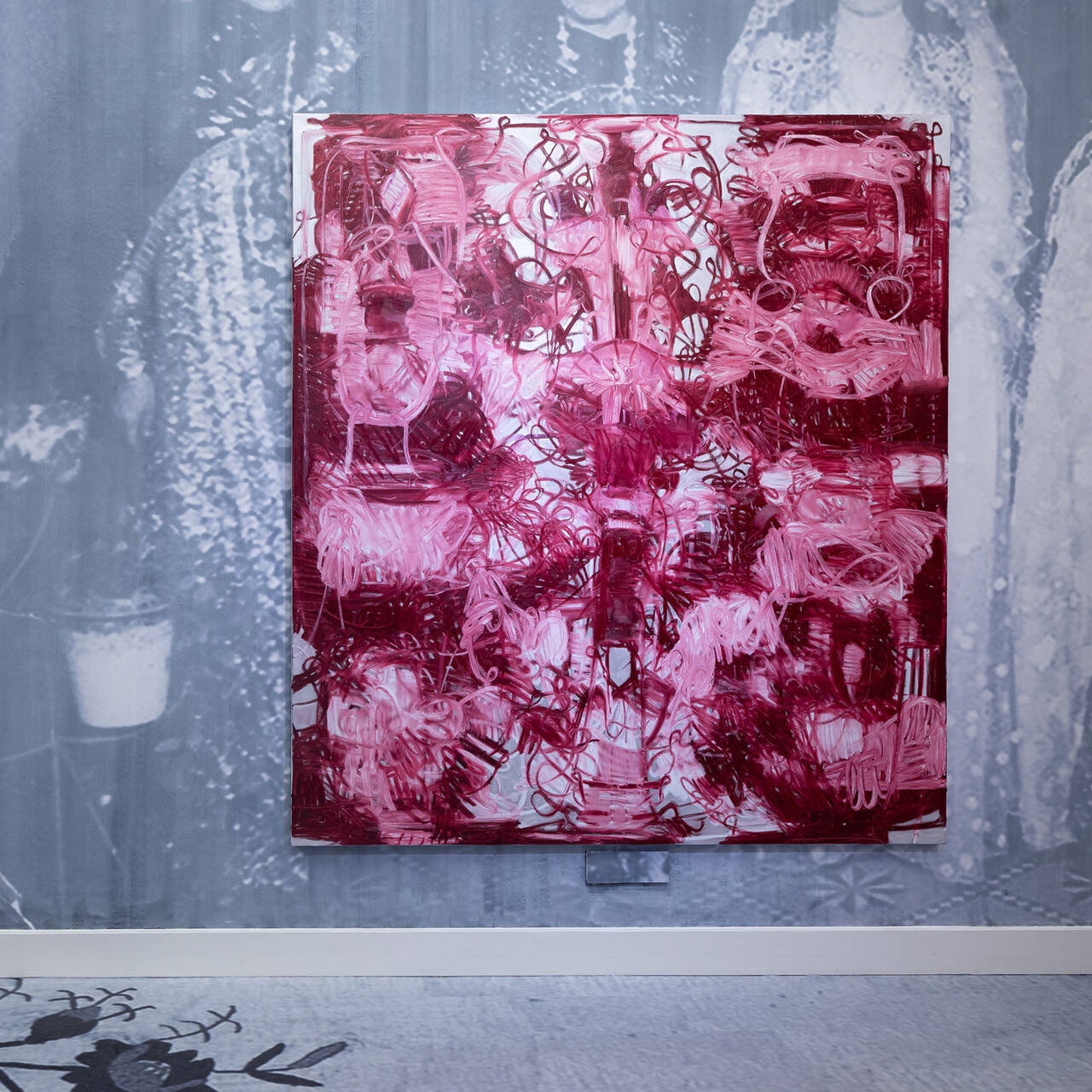
Five good reasons to view Melike Kara in the SCHIRN
From February 15, the SCHIRN presents a new site-specific installation by Melike Kara in its public rotunda. Here are five good reasons why it's worth...
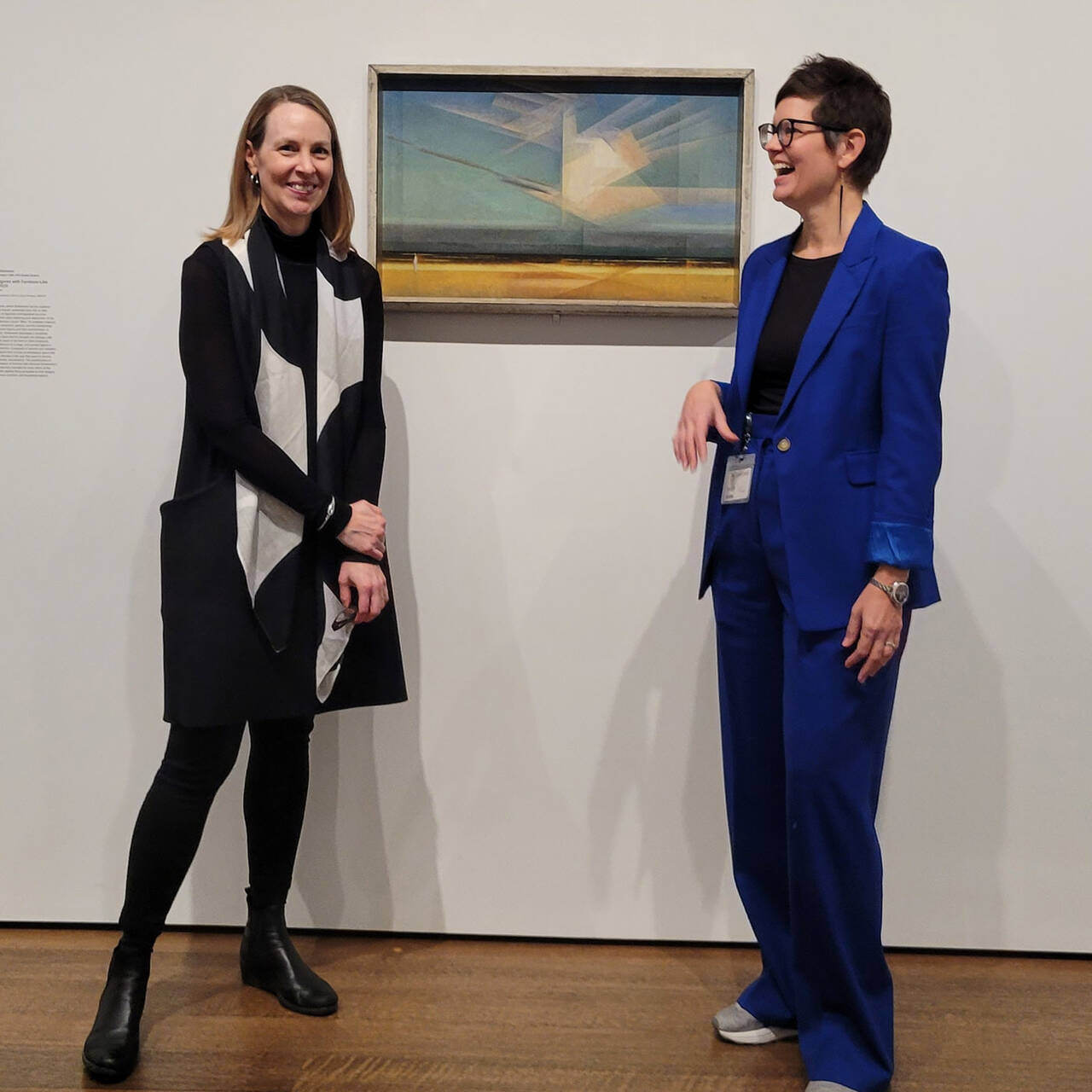
Lyonel Feininger and the Harvard Art Museums. Part 1
The Harvard Art Museums host the largest Lyonel Feininger collection in the world. How did that happen and how was the relationship between the artist...

2024 AT THE SCHIRN
This is 2024 at the SCHIRN! From hip-hop and art in the 21st century, to Selma Selman, the self-proclaimed "most dangerous artist in the world", to...